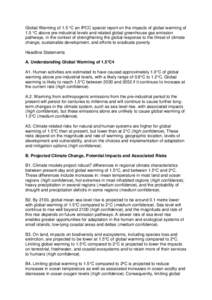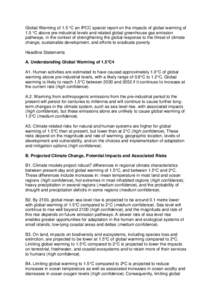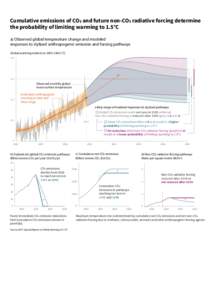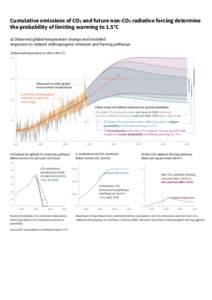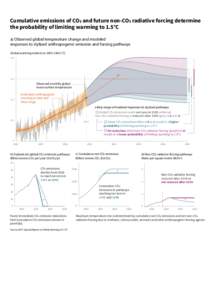<--- Back to Details
| First Page | Document Content | |
|---|---|---|
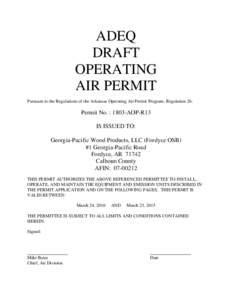 Date: 2014-07-21 18:48:55Regenerative thermal oxidizer Oriented strand board Georgia-Pacific Volatile organic compound Engineered wood Emission Formaldehyde Thermal oxidizer Pollution Composite materials Air pollution |
Add to Reading List |
 ADEQ DRAFT OPERATING AIR PERMIT Pursuant to the Regulations of the Arkansas Operating Air Permit Program, Regulation 26:
ADEQ DRAFT OPERATING AIR PERMIT Pursuant to the Regulations of the Arkansas Operating Air Permit Program, Regulation 26: